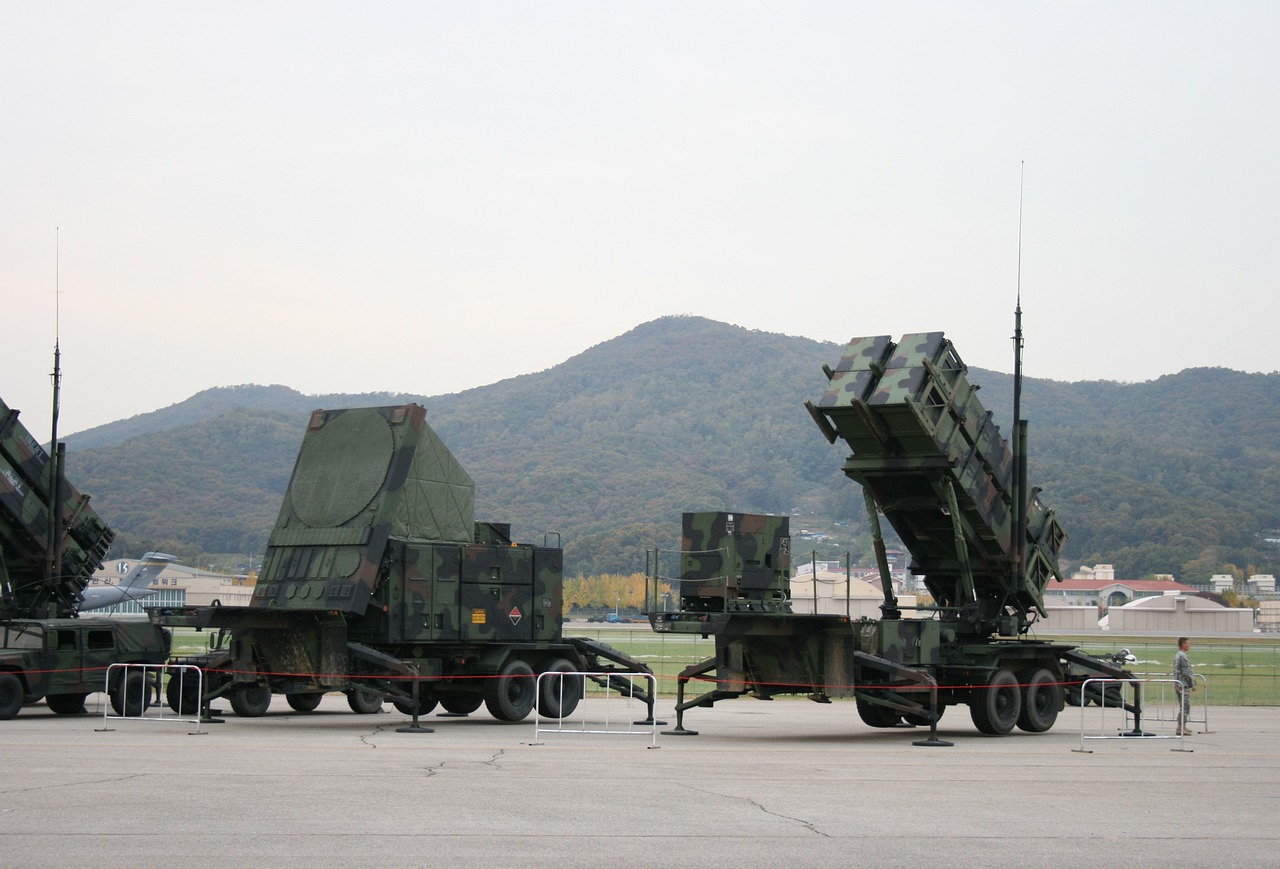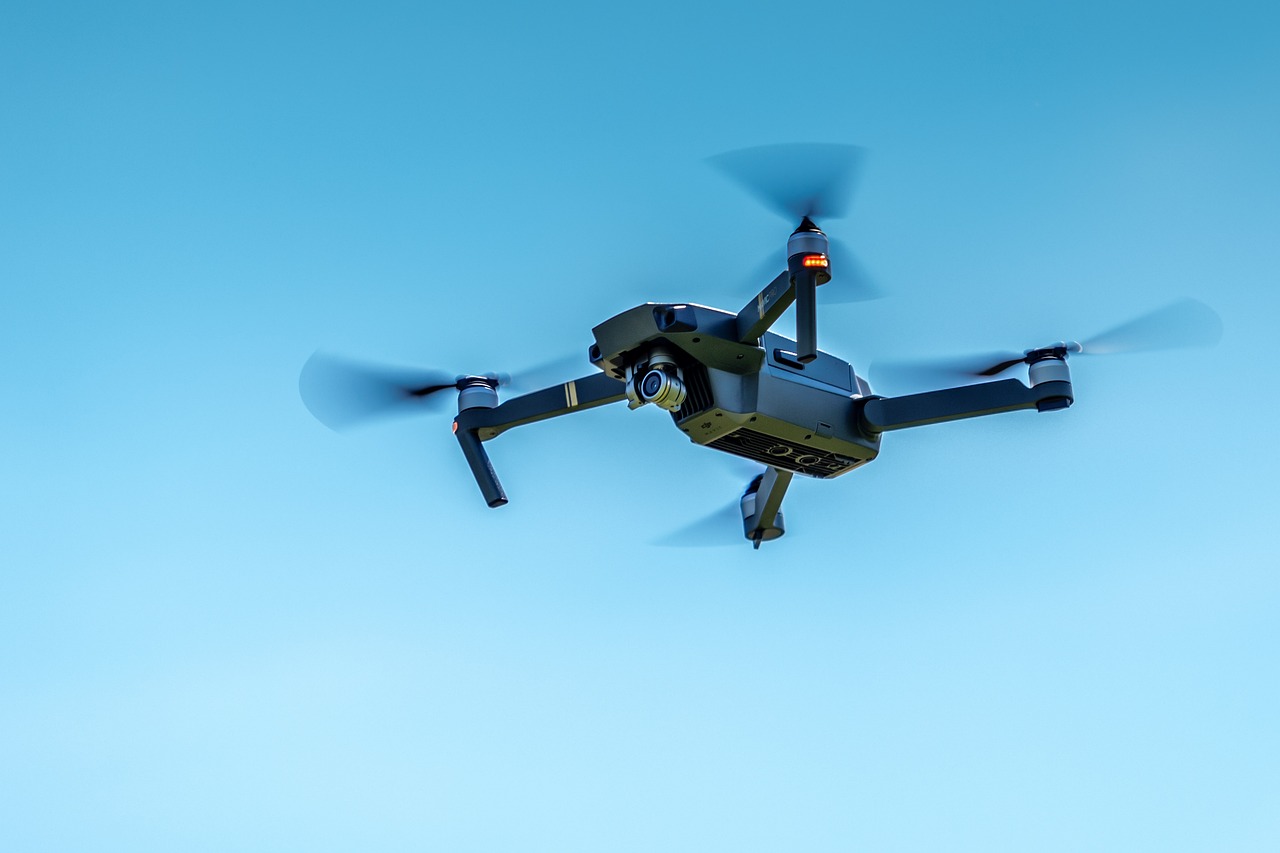This post is also available in:
 עברית (Hebrew)
עברית (Hebrew)
Raytheon has completed a key flight test of its Lower Tier Air and Missile Defense Sensor (LTAMDS), validating the radar system’s performance in a full 360-degree operational scenario. The test demonstrated LTAMDS working in tandem with an Integrated Battle Command System and supporting a PAC-3 MSE interceptor against a simulated aerial threat.
According to the press release, the recent test also marked the first integration of LTAMDS with the Large Tactical Power Source (LTPS), a mobile power solution designed to support energy-intensive radar operations in the field. LTPS is essential for ensuring that LTAMDS can operate effectively in forward-deployed scenarios where grid power is not available.
LTAMDS is a next-generation air and missile defense radar designed to detect and track a wide range of threats, including advanced ballistic missiles, cruise missiles, and hypersonic weapons. Unlike traditional radar systems with a limited field of view, LTAMDS is built around three active electronically scanned arrays (AESAs): a forward-facing primary array and two rear-facing secondary arrays. This configuration allows the radar to provide seamless 360-degree coverage, tracking multiple high-speed threats approaching from different directions simultaneously.
Although the primary array is roughly the same size as the one used in the Patriot missile system, it delivers more than twice the power, enhancing detection range and accuracy. The system is part of the U.S. Army’s Integrated Air and Missile Defense (IAMD) architecture but is designed to maintain backward compatibility with existing Patriot infrastructure, ensuring a smooth transition for military users.
Production of LTAMDS is currently underway, with Raytheon manufacturing eight systems annually and aiming to increase output to 12 per year to meet international demand. Systems are being built for the U.S. Army and Poland under contracts signed in 2024, with deliveries of the next radars expected later this year.
The latest flight test underscores LTAMDS’ role as a core component of future layered defense systems, offering enhanced situational awareness and rapid response capability against evolving air and missile threats.


























